





Lane Widening
Lane width has an influence on safety, especially at certain key road locations. Vehicles typically use more of the travel lane on bends than on straight road sections, and head-on crashes can happen on bends when drivers accidentally (or intentionally) ‘cut the corner’.
Widening the lanes on a bend can reduce the risk of head-on crashes by giving drivers more room to get around the bend without crossing into the opposing lane. Similarly, widening turn lanes can improve safety, especially for larger vehicles. Widening traffic lanes on straight sections of multi-lane roads can reduce sideswipe crashes.
On urban arterial roads, lane widths of between 2.75 and 3.75 metres are typically used. Through traffic lanes on rural roads less than 3.0 metres wide tend to have higher crash rates, and a lane width of 3.5 metres is often recommended (except where the presence of cyclists means that wider lanes are needed). It is usually safe for lanes approaching signalised urban intersections to be narrower than high speed through lanes on straight road sections.
Narrower lane widths, whether physical or visual, can be desirable as part of a traffic calming scheme for main roads passing through urban areas or villages.
- Reduced head-on crashes.
- Reduced run-off-road crashes.
- Reduced sideswipe crashes.
- Improved traffic flow.
- Lane widening can be costly, especially if land must be purchased.
- Making lanes wider than 3.6 metres does little to reduce crashes. A lane that is too wide might be used as two lanes and this can increase sideswipe crashes.
- Because vehicle speeds increase when roads are widened, lanes should be widened only when it is known that the narrow lane width is causing crashes.
- In order to limit traffic speeds with road widening, it may be desirable to maintain relatively narrow lane width and increase the width of the shoulder.
- Where lane width is increased on a section of road, increased speeds could lead to safety problem at the interface area with the existing road.
The Star Rating Demonstrator is a freely available tool with the iRAP online software, ViDA. With the Star Rating Demonstrator, it is possible to explore the impact that this Safer Roads Treatment has on risk.
Treatment Summary
Costs | Medium to high |
Treatment life | 5 years - 10 years |
Potential casualty reduction | 25-40% |
Case Studies
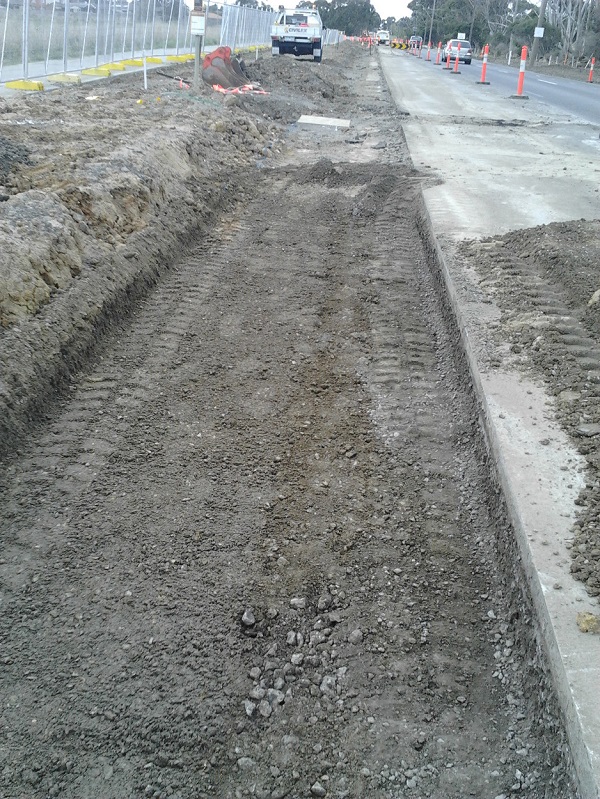 Lane widening. Image credit: LGAM Knowledge Base
Lane widening. Image credit: LGAM Knowledge Base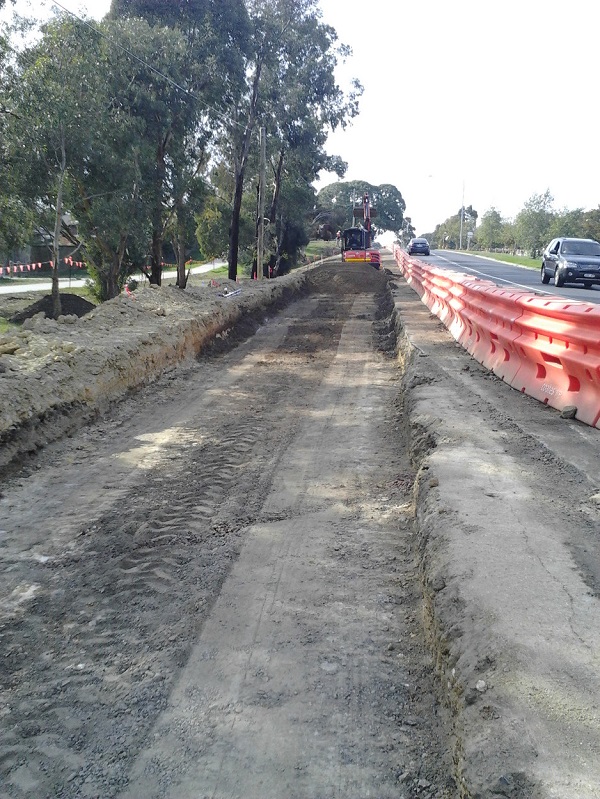 Lane widening. Image credit: LGAM Knowledge Base
Lane widening. Image credit: LGAM Knowledge Base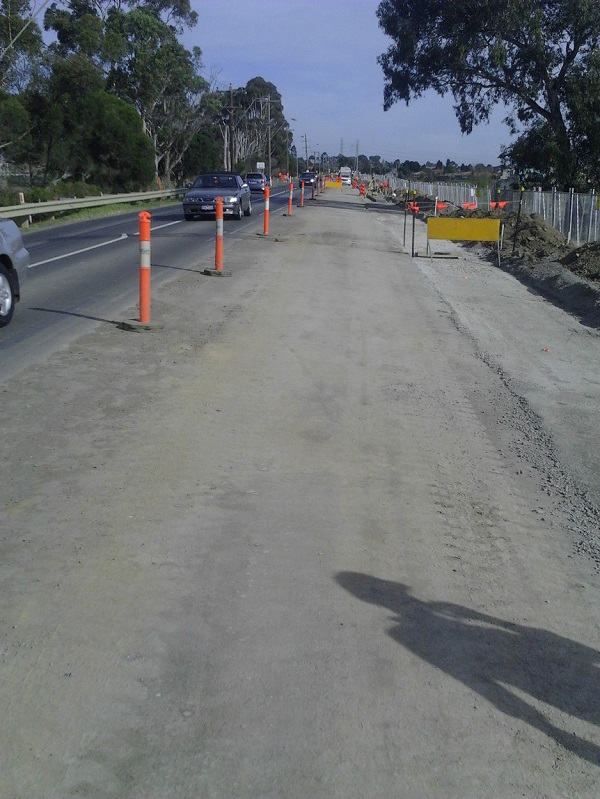 Lane widening. Image credit: LGAM Knowledge Base
Lane widening. Image credit: LGAM Knowledge Base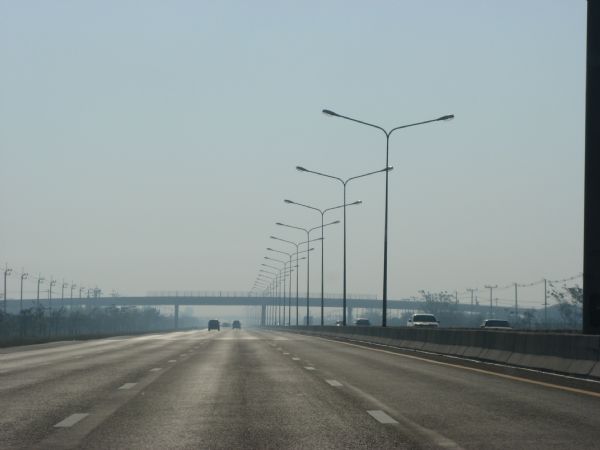 A wide lane freeway in Thailand with street lighting. Image credit: Peter Croft
A wide lane freeway in Thailand with street lighting. Image credit: Peter Croft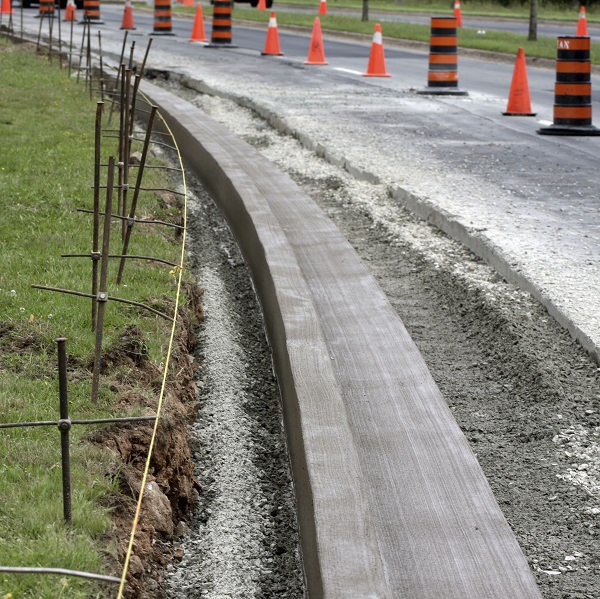 Lane widening works. Image credit: iStock
Lane widening works. Image credit: iStock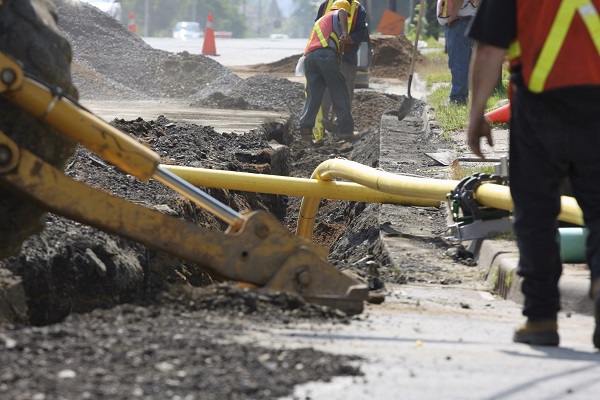 Lane widening works. Image credit: iStock
Lane widening works. Image credit: iStock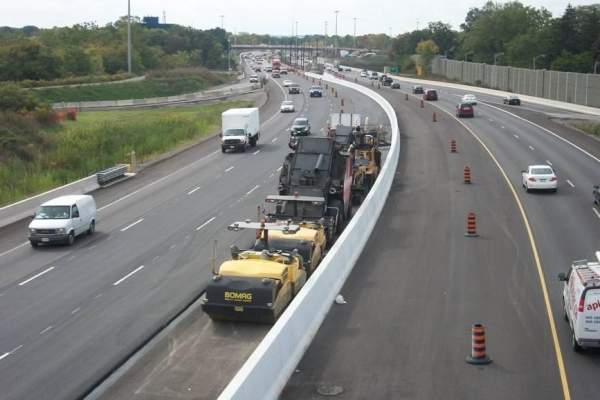 Lane widening works. Image credit: www.roadtraffic-technology.com
Lane widening works. Image credit: www.roadtraffic-technology.com










